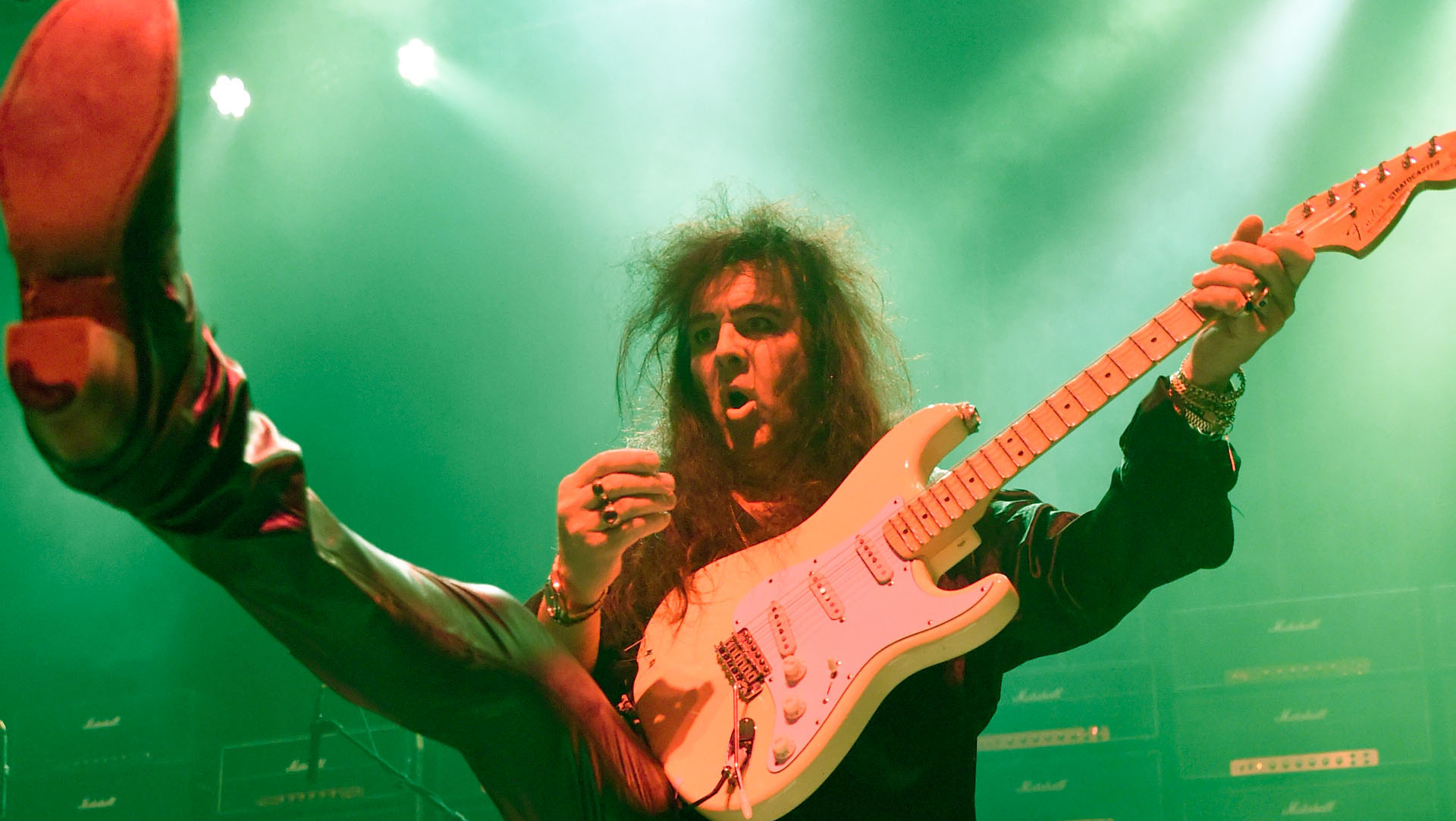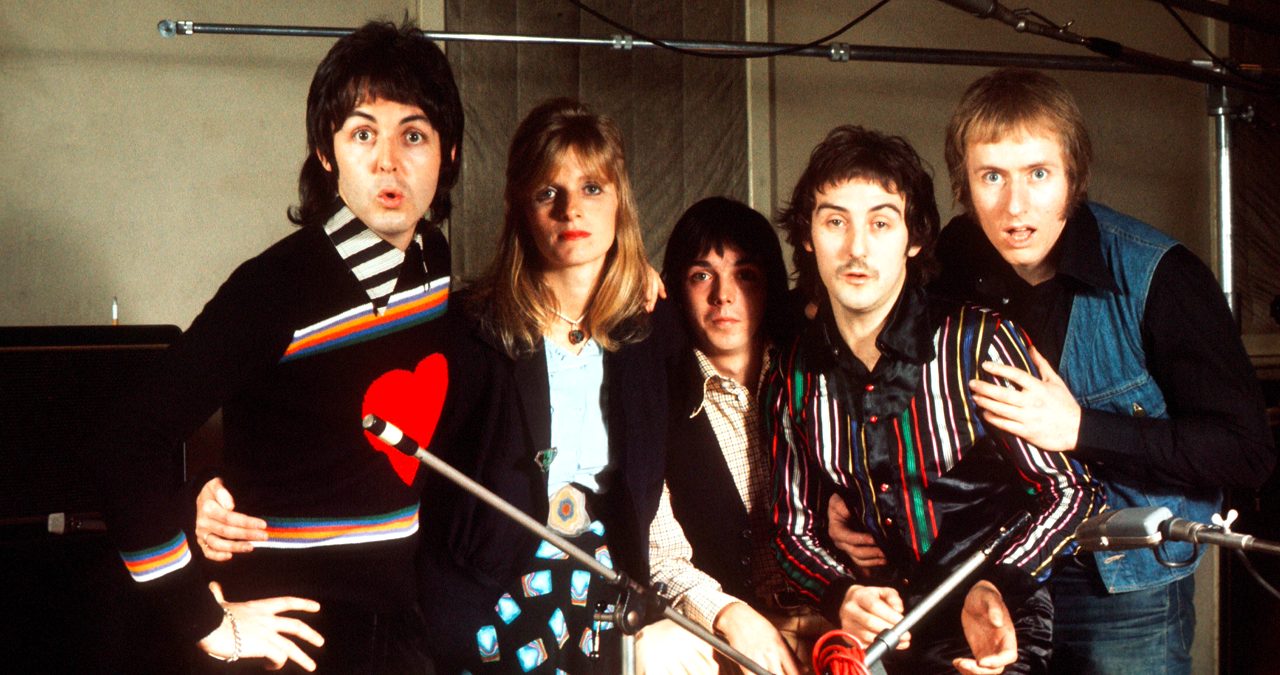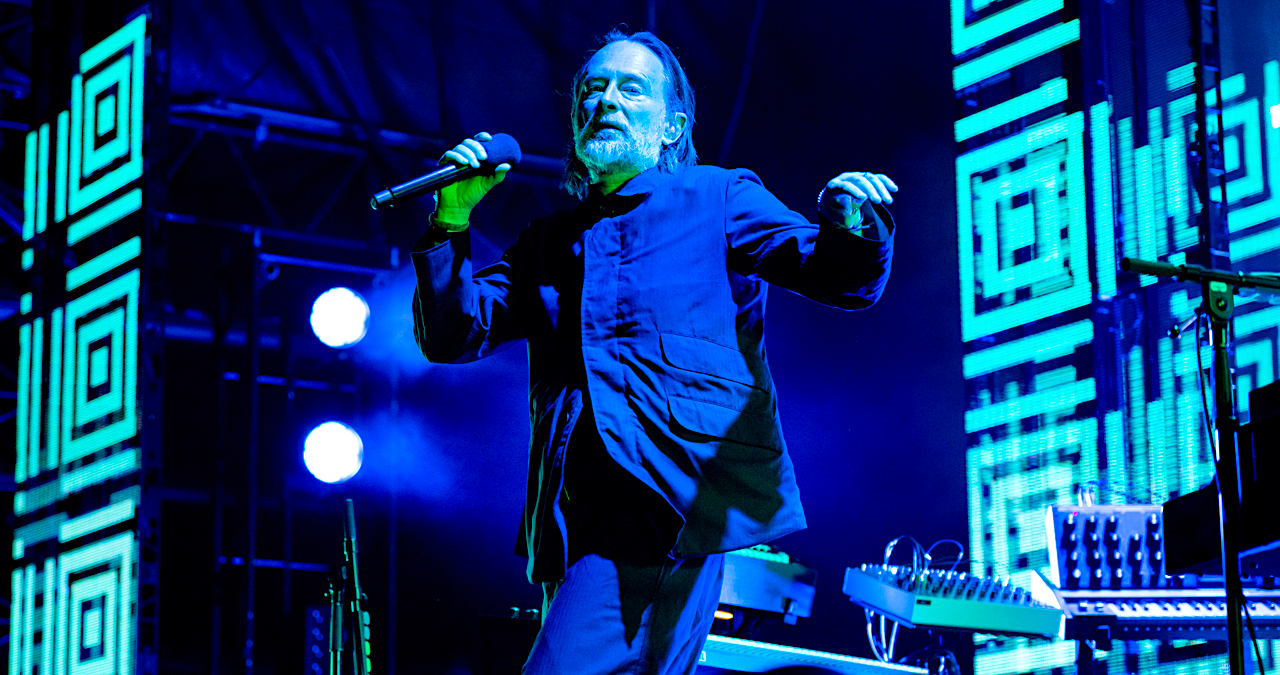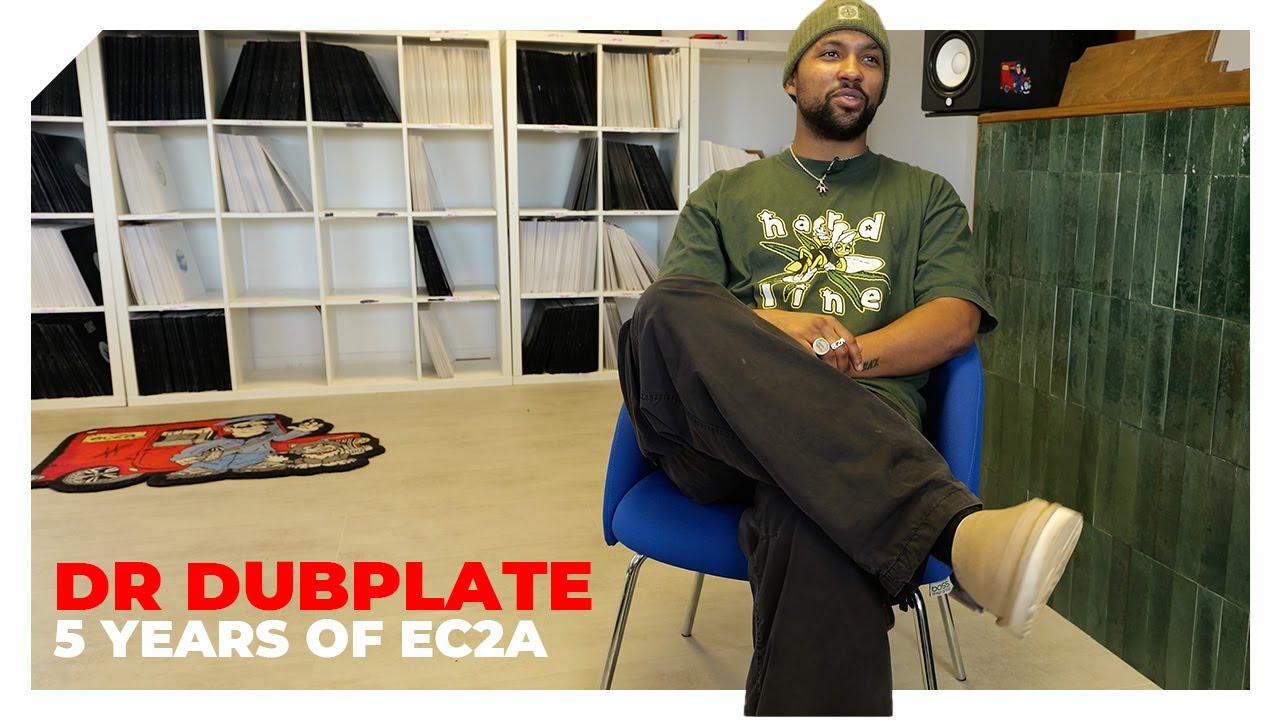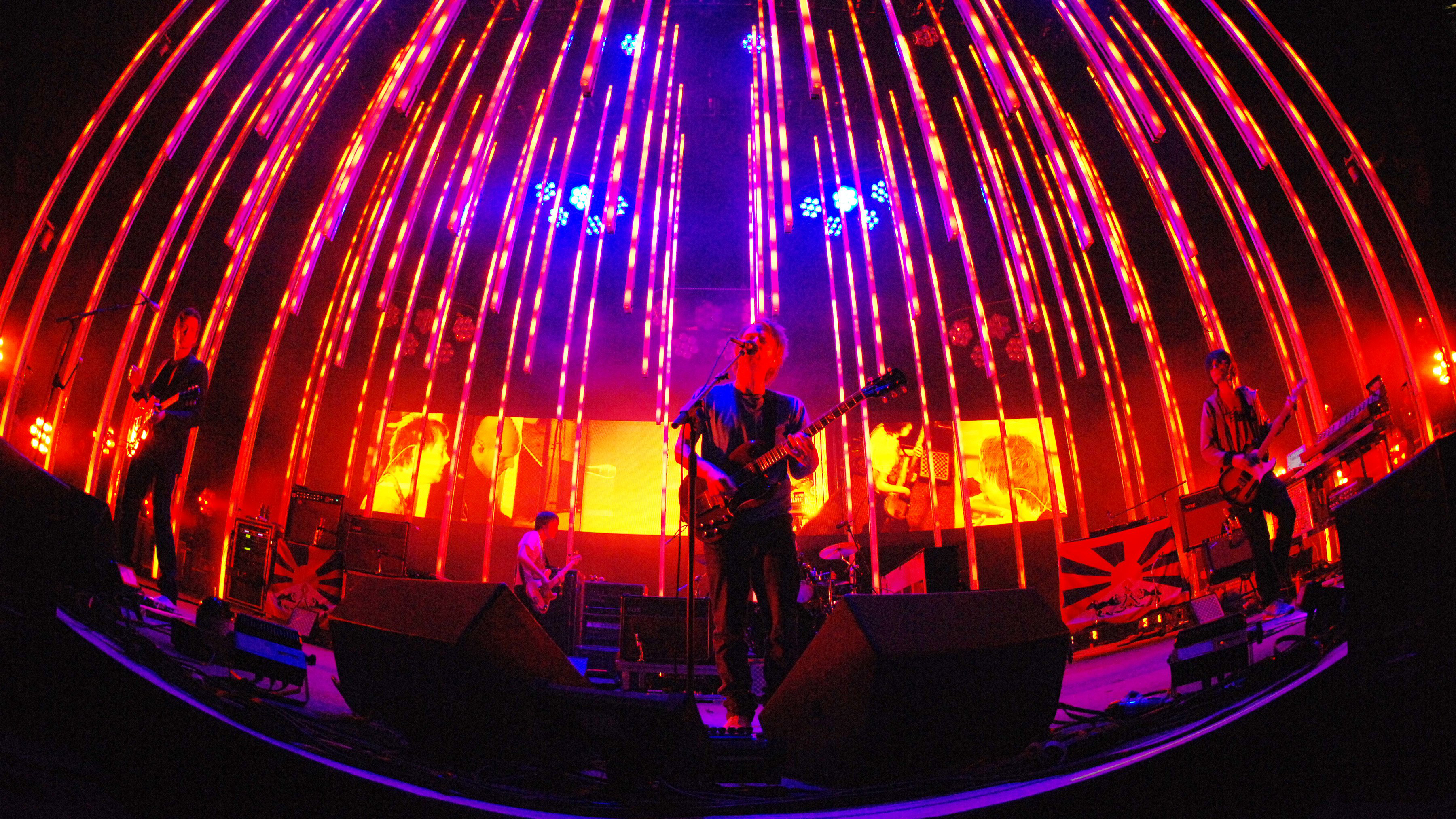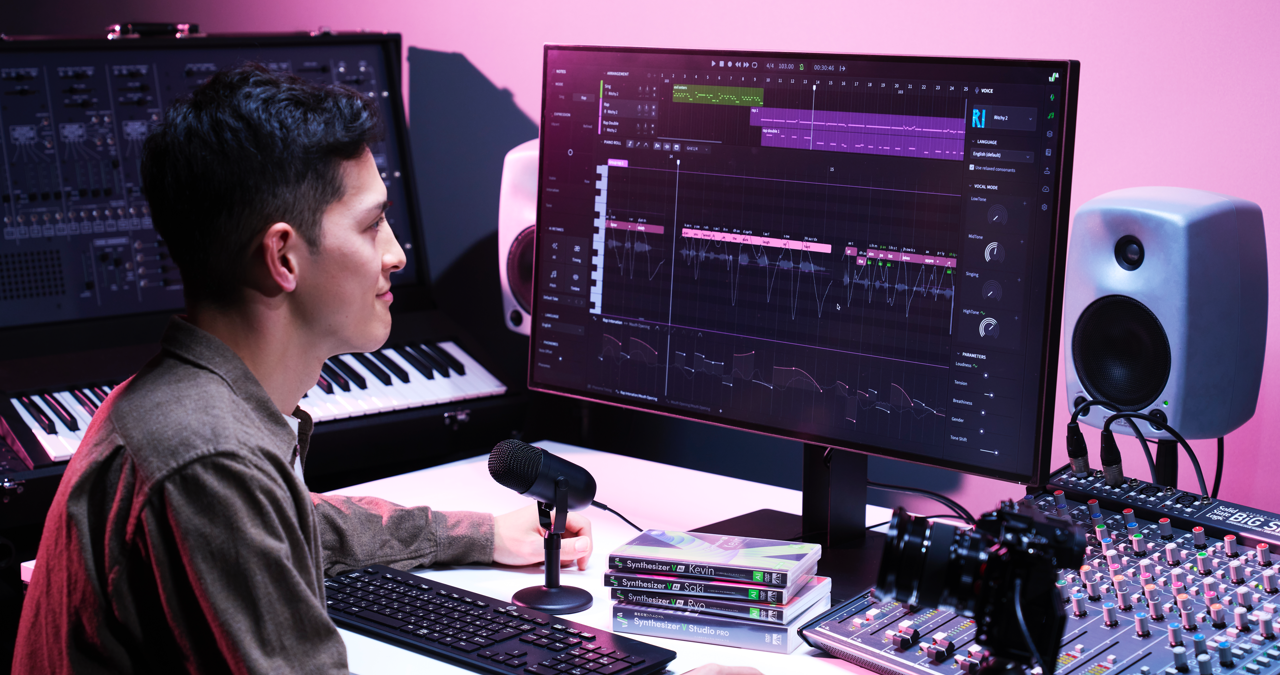“A friend left music quietly playing for Eno while he was in hospital, which was thought to have inspired his initial idea for Music for Airports”: The origins and evolution of ambient techno
How the ambient techno genre's core elements evolved in the 1970s and became the post-rave vibe of choice in the 1990s
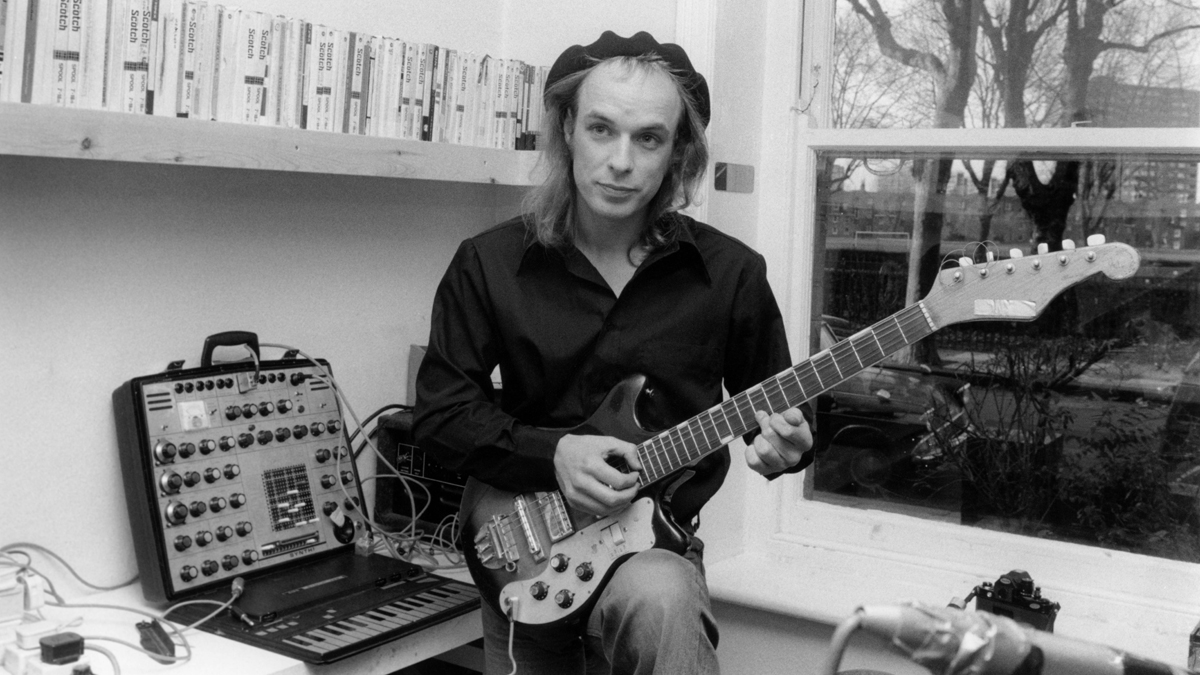
Ambient techno is a form of music which has, you might be surprised to read, been around for decades. Initially known as just 'ambient' music, the techno element was added as the original genre embraced components generated by synthesisers and drum machines to a greater degree.
In its purist form, ambient music can be reflective, drawing influence from nature or, in some instances, just your regular surroundings. It tends to provide a relatively calm or unobtrusive backdrop, which explains why other more industrial genres aren’t included in this category, despite their similar inspiration through certain ambient sounds.
It’s possible to trace the morphing of ambient music to ambient techno all the way back to the mid 1970s, through the work of artists such as Brian Eno and Jean-Michel Jarre. Led by the technology of the era, a heavy leaning toward synthesiser or electronic drum sounds started to become the norm.
One of the most groundbreaking albums, Oxygene by Jean Michel-Jarre (1976), featured early rhythm machines, alongside electronic organs, synthesisers and primitive sequencers, in a home-produced album consisting of six tracks, titled Oxygene parts 1-6; the lack of descriptive titles became a stylistic trait of the genre.
In musical element-terms, electronic pads (often reliant on copious amounts of phasing) provided the backbone for one of the most successful concept albums of the 70s.
By contrast, Brian Eno’s 1978 record, Ambient 1: Music for Airports (often known simply as 'Music for Airports') was created as an antidote to muzak - that generic, functional type of music people tended to hear while on hold, or in reception areas. It was influenced by a period in which Eno found himself in hospital.
A friend left music quietly playing the background, which was thought to have inspired his initial idea for the album. Eno’s approach to capturing this liminal, timeless state of being also employed electronics, but in a purer sense, explaining his inclusion of traditional instrumentation such as acoustic piano.
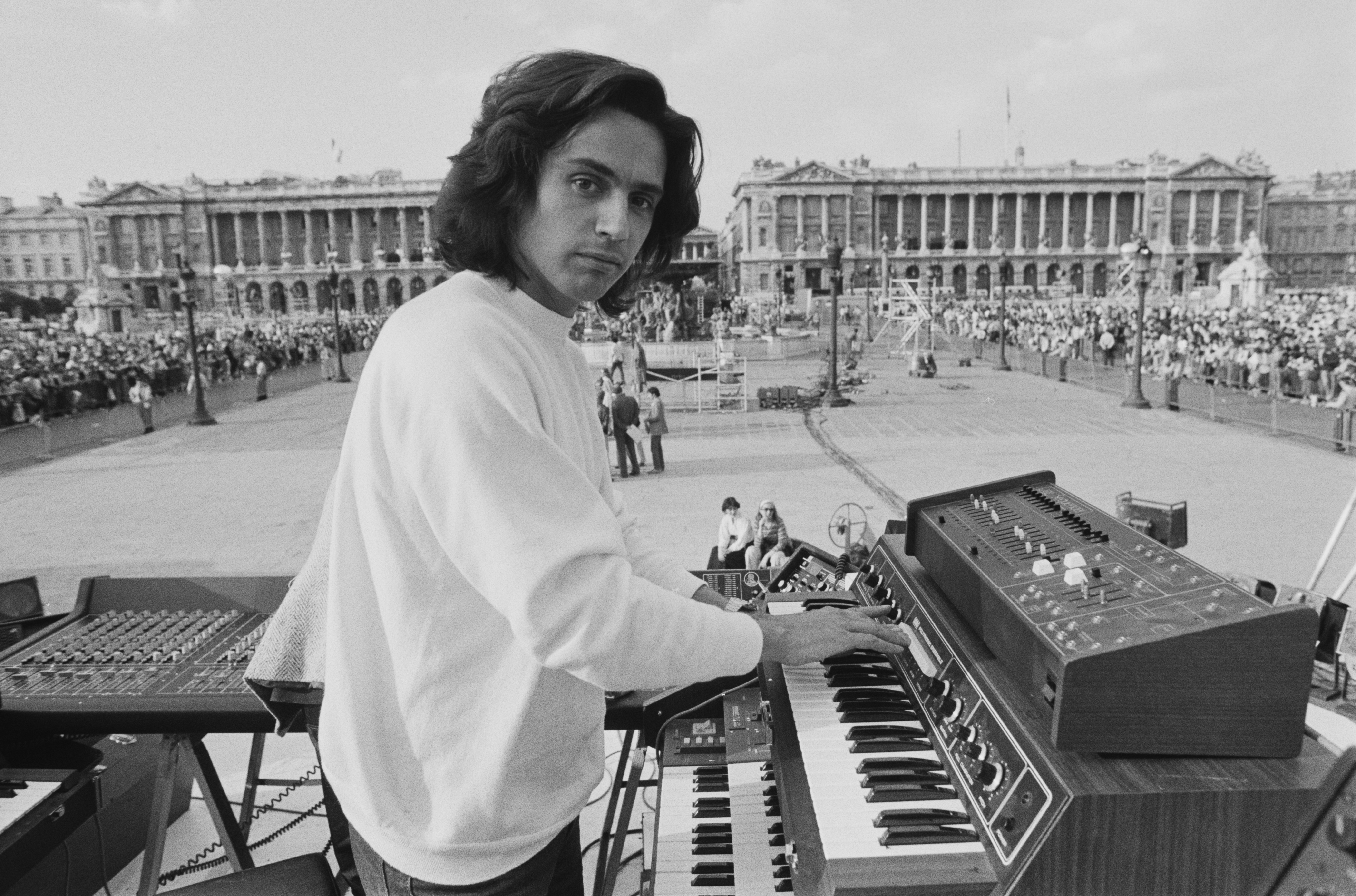
Just chill!
Fast-forwarding a little to the 1990s, and Future Sound of London (FSOL) and The Orb were both examples of bands that would be played in chill-out rooms; a domain that formed part of the rave culture from that period, providing rave-goers with a space to chill and relax, after extended periods of partying and dancing.
As digital technology had developed, it was commonplace to hear sampled drum loops as an intrinsic new component to the overall sound.
Get the MusicRadar Newsletter
Want all the hottest music and gear news, reviews, deals, features and more, direct to your inbox? Sign up here.
The genre has continued to develop exponentially in recent years, through a host of artists old and new; Orbital, Lusine, Autechre, John Tejada, Plaid and Jon Hopkins are all artists that continue to set trends, while the hailed likes of Aphex Twin a keen explorer of the ambient domain, particularly in his seminal debut Selected Ambient Works 85-92.
What are the key elements of ambient techno?
1. Synth pads
Synth pads are an essential element for most forms of ambient techno. The original pioneers, such as Jean-Michel Jarre, used string synthesiser or organ sounds, layered with heavy amounts of phasing harnessed via guitar pedals.
A favourite phaser of the era was the Small Stone Phaser, from Electro-Harmonix, which is still available today, albeit in a version which is not deemed to be as classic as the vintage pedals of yesteryear. This possibly has more to do with the ageing components found in the originals, than the build of the newer models.
There are many plugins that will do a fine job of replicating the sound. You can start by using a basic sawtooth from any software synthesiser - add a phaser plug in, set to a slow modulation setting, and you will immediately be heading in the right direction.
2. Rhythm machines
One of the mainstays of the genre, often relates to the subtlety of used drum sounds. This was originally informed by the use of early drum & rhythm machines, many of which had roots in the technology found in home organs.
One particular favourite became synonymous with the sound of Jean-Michel Jarre. The Korg Mini Pops 7 rhythm machine was a firm favourite, bolstered by sounds created through the use of synthesisers.
The Mini Pops was not a programmable machine, being reliant upon pre-programmed rhythms, in line with the home organ market of the era. Hence, slow rock was available alongside the bossanova and rhumba!
One quirk of the machine, was its ability to combine rhythmic patterns simultaneously, creating unexpected cross rhythms that were impressive and enormously endearing.
The influence of these early machines was key; the bass drums felt light and thuddy, while the snare drums provided plenty of bright high-end colour. The hi-hats were basic, often without use of accent, but as a sum of parts, they provided the subtlety required for a track which was not designed to be overwhelming.
In more contemporary production, the older machines still remain firm favourites. The Roland TR-808 continues to be a particularly popular choice, but very much in its most basic form. It sounds relatively light across its sound palette, making it an ideal option for the genre.
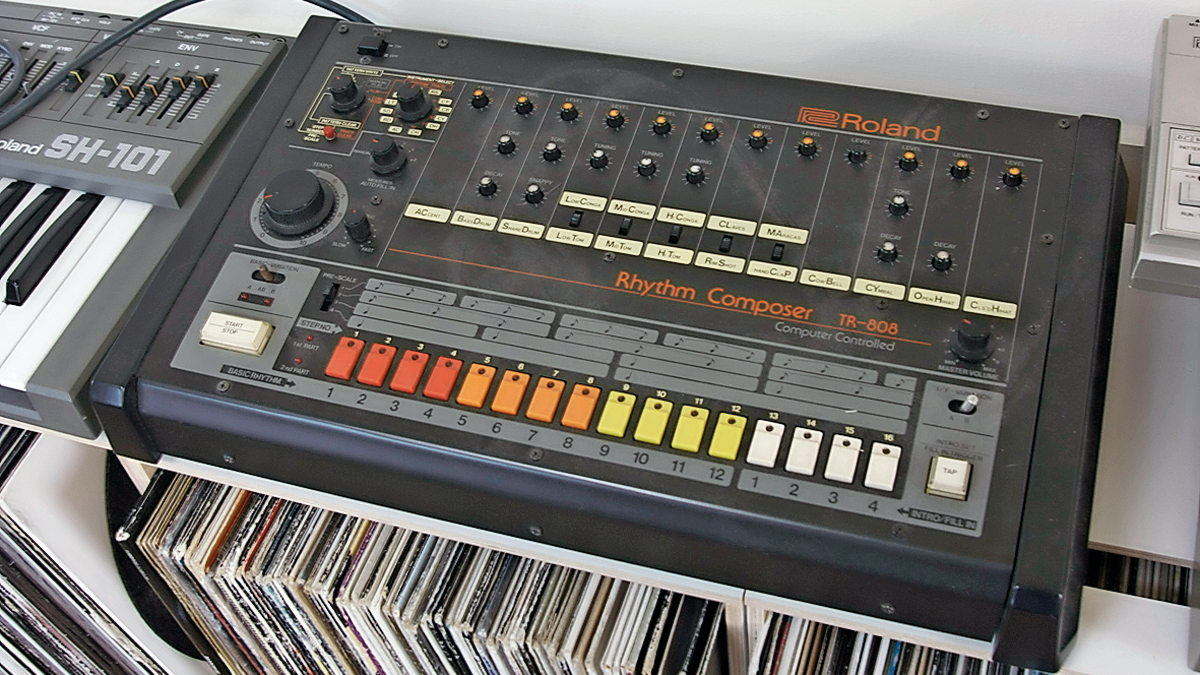
3. Leads & riffs
Much of the rhythmically driven Ambient Techno content, tends to rely on the use of short and staccato synth sounds, employed in either a lead line or riff orientated context.
Riffs are useful for driving home repetitive ideas, hopefully in a good way, rather than a stuck-in-your-head and exceptionally annoying way. The two concepts can often be mutually connected!
Many Aphex Twin tracks make use of LFO modulation, to induce a degree of slow pitch variation in sustained lead sounds. This can induce a slight wooziness to the perceived tuning. When surrounded by the support and stable tuning of an entire track, it can be incredibly effective.
4. Effects
Early examples of the genre were very reliant upon the use of phasers and delays. Both were used to a large degree to thicken the overall texture of the synthetic sound.
But delays were not the preserve of pad-sounds only; they were (and still can be) used significantly to add rhythmic interest, particularly if working with punchy synthetic riffs.
Stereo ping-pong delays are ideal in this setting, where the initial sound is central to the stereo soundstage, with the delayed elements appearing left and right as a degenerating signal.
Reverb is also quite important, although it is worth noting that delay effects can often achieve similar results to reverbs, without creating a wash-like texture that might interfere with an overall mix.
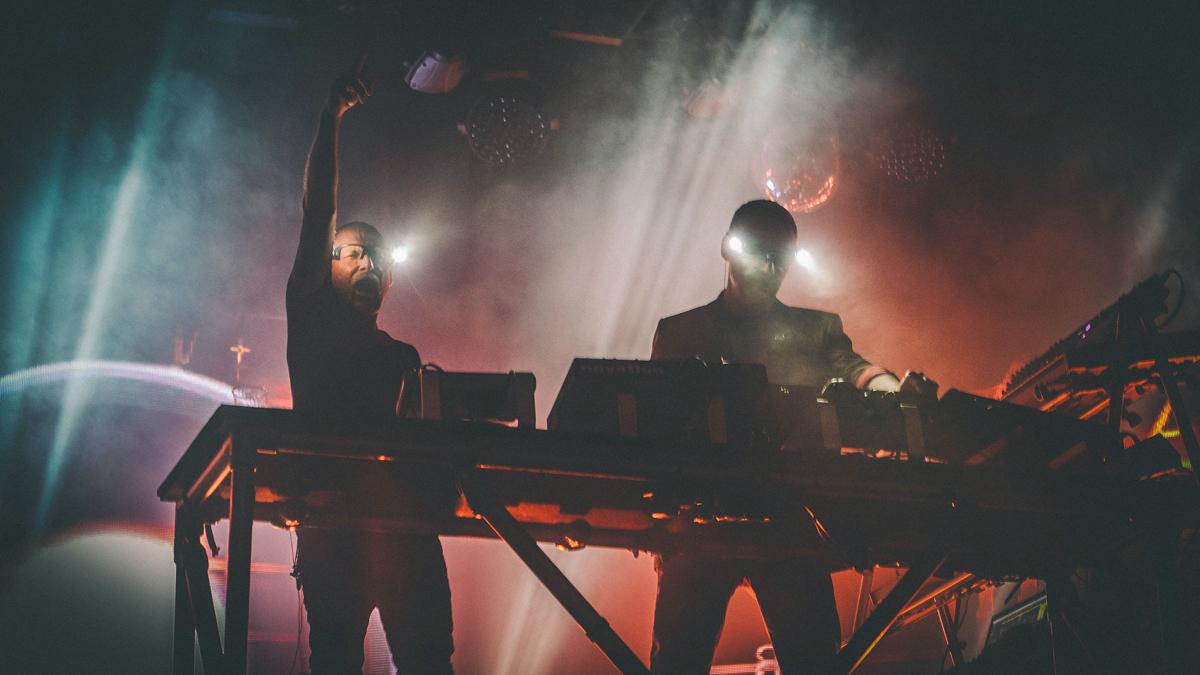
5. Harmonic structure
There are some great examples of both minimal and extended use of harmonic structure, in the context of Ambient Techno. Artists such as John Tejada tend to build tracks through the use of layering.
As a track progresses, so it becomes more complicated, as more and more layers are added to the original starting point. It's a similar device which is often employed by artists such as Orbital.
By way of an opposite approach, Plaid have become very well-known for the extended chord progressions, that take the listener on a real harmonic journey. Their work also tends to be peppered with cross rhythmic interest, from within the chordal and lead elements, as well as drum content.
Roland Schmidt is a professional programmer, sound designer and producer, who has worked in collaboration with a number of successful production teams over the last 25 years. He can also be found delivering regular and key-note lectures on the use of hardware/software synthesisers and production, at various higher educational institutions throughout the UK
"If I wasn't recording albums every month, multiple albums, and I wasn't playing on everyone's songs, I wouldn't need any of this”: Travis Barker reveals his production tricks and gear in a new studio tour
“My management and agent have always tried to cover my back on the road”: Neil Young just axed premium gig tickets following advice from The Cure’s Robert Smith






